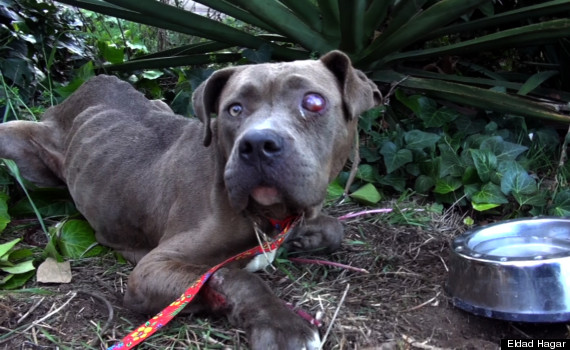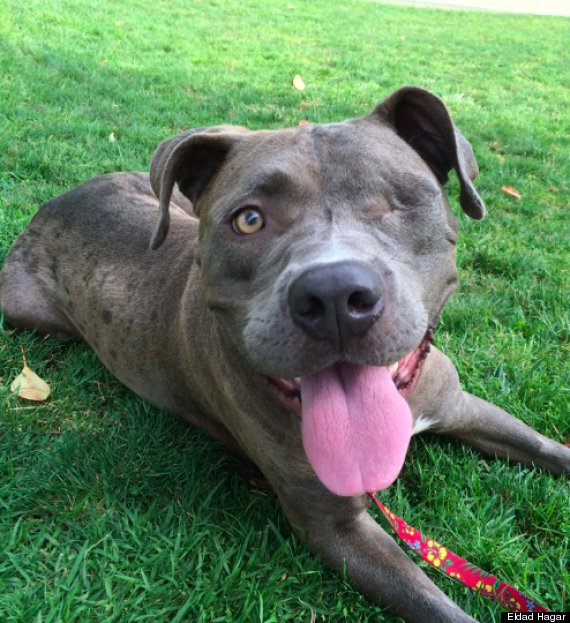
It's often said that the age of dogs can be better understood by multiplying their age, in human years, by seven. But is that really true?
Meg, my West Highland Terrier died a couple of months ago. She'd reached the grand old age of 19 years and four months.
A few days later, I was reminded of the oft-quoted statistic that every human year equates to seven dog years. This mental calculation looms more largely in an owner's mind as a dog gets older, and thoughts turn to how long the pet has left.
But if that stat were really true then Meg would have been 135 years old when she died, which seems very unlikely.
No human is known to have lived beyond 122.
So if the seven dog years to one human year is wrong how do we work out an accurate calculation?
Dogs are the most diverse mammal species on the planet. They can vary in weight from 6 lb (3kg) to 200 lb (90kg) when fully grown and have widely differing body shapes and hair types.
This also means that there is a lot of variation among breeds in terms of life expectancy. And unexpectedly, small dogs like Meg live longer than big ones.
So it may be because the risk of cancer increases so much, and because large dogs are at such a higher risk of dying of cancer (roughly 50% chance), that large dogs generally have shorter lives than small dogs (roughly 10% chance of dying of cancer).
 Ben with Meg in 2011
Ben with Meg in 2011
This is true despite the fact that small dogs reach adulthood faster than big dogs.
"Small dogs reach skeletal and reproductive maturity sooner than larger breeds. Once they've achieved those measures of adulthood they carry on to live longer," says Dr Kate Creevy, assistant professor of internal medicine at the University of Georgia.
In other words, small breeds have a shortened juvenile period and an extended adulthood.
Large dogs, on the other hand, may take two years to get to their fully mature skeletal body size and then they may only live another four or five years.
The Bulldog for example only lives on average until it's six years old whereas a Border Terrier lives on average to the age of 14.
What this means is that small dogs age more quickly than big dogs in their first couple of human years but slower than big dogs once they hit adulthood.
So, bizarrely, a small dog is older than a big dog at two human years - but younger at five.
"It doesn't happen in any other animal," says Kate Creevy. "There isn't any other species which has within a single species the same degree of size diversity that dogs have. It's possible that by creating all of these diversely sized dogs that we unmasked this ageing phenomenon."
She argues that if scientists genetically engineered one cow weighing 20 lbs at adulthood and another weighing 2,000 lbs then the same thing could happen in cows.
Nobody knows where the seven dog years to one human year theory came from or at least no-one is claiming responsibility for it. It first appeared in maths text books in the 1960s and questions were set asking children to calculate the age of a dog using the 7:1 ratio.
For the dog species as a whole it's not a bad estimate at all.
If you factor in the varying rates of ageing in early part of a dog's life and the differing life expectancies a more accurate estimate across all breeds would be six dogs years to one human year.
However if you look at opposing ends of the spectrum a Bulldog will age an average of 13 years per human year whereas for a Miniature Dachshund it's just over four years.
And Meg, my Westie? She was not 135 but 109 when she passed away, the calculator suggests - ancient in human terms, but not unheard of. I think she'd have settled for that.
reprinted from BBC News



